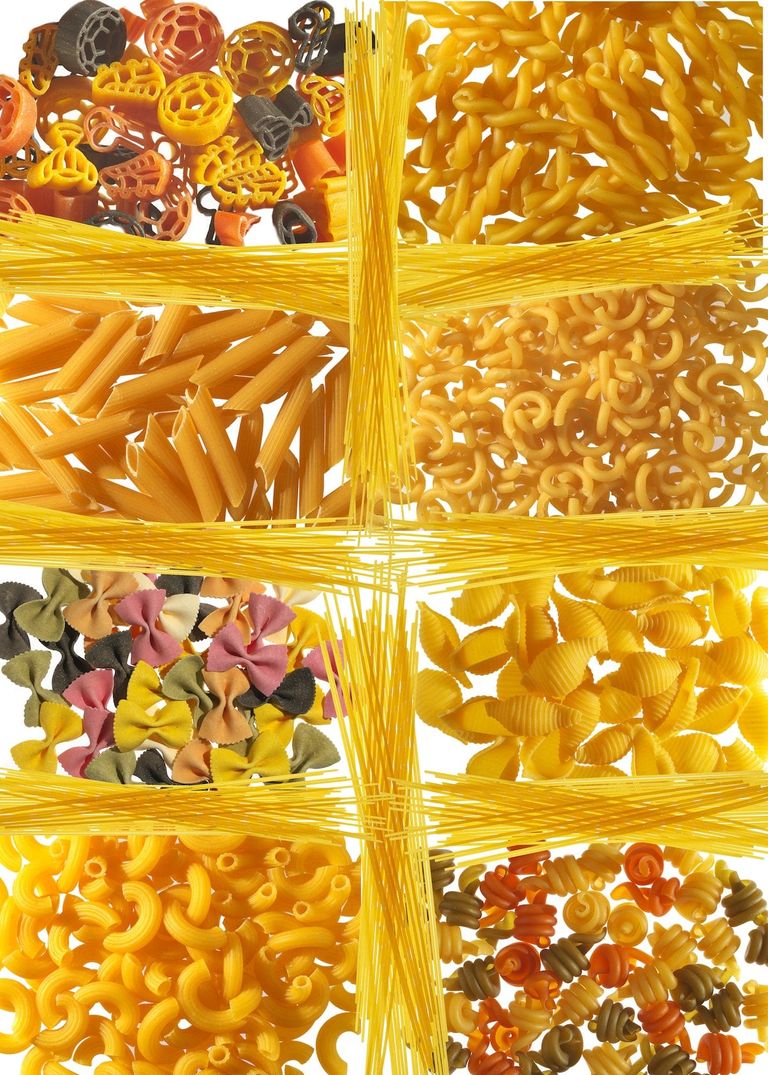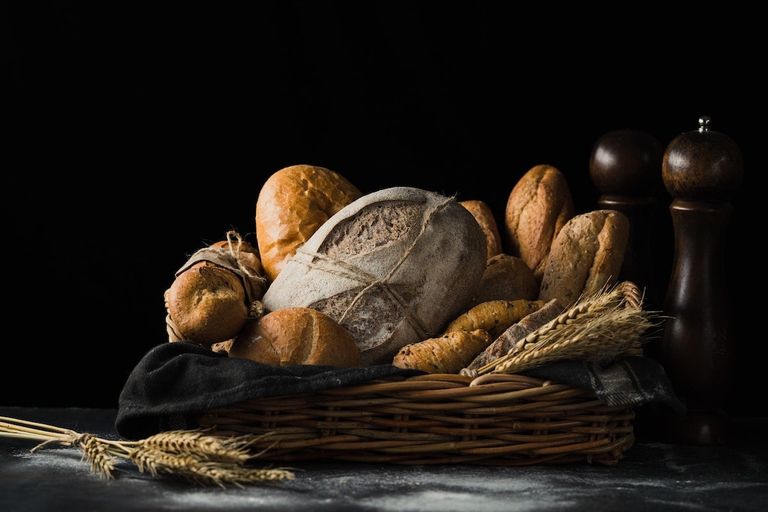Vietnam’s latest COVID-19 is drastically changing people’s daily lives. This is perhaps most evident in our shopping habits, especially in high-tension regions currently under strict movement restrictions like Ho Chi Minh City.
But now is the time to keep a cool head and remember that panic buying is never the wise thing to do for everyone’s sake and safety. You don’t want to risk contamination, accidents or creating an irregular market when the Ministry of Agriculture has committed to ensuring food supply.

At this point, in order to avoid potentially exposing yourself to the virus on regular grocery trips every few days, you might want to consider having a “pandemic pantry” at home with foods that will last quite some time.
We've listed 10 items with long shelf life that are affordable, versatile, nutritious and easily found at Vietnamese supermarkets.
Eggs

Did you know that the date on an egg carton usually indicates “best by” rather than “expires on”? According to food safety and sanitation experts, when properly stored, eggs can last anywhere from 45 to 90 days, whereas boiled eggs can be refrigerated for up to one week.
A tried-and-true trick to check whether an egg has gone bad is to submerge it in cold water. If the egg sinks to the bottom, there’s still some life in it. If it floats, not anymore.
Frozen fruits and vegetables

If kept cold, packs of these guys may last up to 8 – 10 months, because frozen fruits and vegetables are usually packaged and chilled when they’re straight off the plant — at peak freshness.
Contrary to popular belief, even after thawing, the nutritional values of frozen fruits and veggies are comparable to that of fresh ones.
Dried fruits

When unopened and stored at room temperature, dried fruits can be good to eat for up to six months. If refrigerated, their lifespan could double to one year.
Dried pasta

While fresh pasta can only go four or five days beyond its expiration date at best, storing it in the freezer will increase that limit to six months. Meanwhile, dried pasta in tightly-sealed containers at room temperature lasts up to two years. Once cooked though, both types of pasta should be refrigerated and eaten within a week.
While our Vietnamese readers tend to stock up on instant noodles, unlike dried pasta, they should be used within two to 12 months. It is advisable that you follow the package’s printed date.
Meat and poultry

Refrigerated meat and poultry wouldn’t last more than a couple days, but when frozen, their best-by date can be extended by three to four months. In fact, a whole frozen chicken is even good for one year.
According to the US Department of Agriculture, food poisoning bacteria doesn’t grow in the freezer. So no matter how long something is frozen, it is safe to eat — perhaps just a bit drier and not as flavorful.
Additionally, low-acid canned meat such as SPAM, ground beef (without tomato sauce)… can keep for well over a year if unopened.
Fish

When frozen, raw fish can last from six to nine months. Smoked fish is less, around three to six months. And unopened canned fish like tuna will be edible longest, from two to five years.
Bread

At room temperature, store-bought packaged bread won’t go stale for one week. If you need more time, just store them in the freezer, where they’ll go strong for at least another three months. But always keep an eye out for the tell-tale sign of bread gone bad: mold.
Honey

Honey is considered to have an almost indefinite shelf life. It can be used for over 10 years when kept sealed in a glass container at under 27 degrees Celsius, though its quality will be the best during the first two years.
Depending on the way it’s stored, honey might change color, lose its aroma or crystalize — but that doesn’t mean it’s become inedible. Crystallization in honey naturally happens when glucose molecules separate from the liquid. They should dissolve when you put the entire honey jar into warm water and stir well.
Be careful, though, because honey can spoil if exposed to too much moisture. The fact that it has a low-moisture nature is the reason why very few bacteria are able to survive in it in the first place.
Potatoes

Storing potatoes in a dark and cool environment can prevent them from sprouting, making them good to eat for a few months.
When exposed to sunlight, potatoes will turn green and produce a toxin called solanine, which could be poisonous. Refrigerating this vegetable is also not advised by health experts, because it makes them much more carcinogenic when cooked.
Dried legumes

Legumes are the perfect food to munch on in a pandemic, as they’re rich with protein, fiber and healthy vitamins for the body.
Dried legumes are edible for up to 10 years, provided that you store them in a cool and dry place. They will lose nutrients over time, however, so it’s best to eat them within the first two years.
Translated by Jennifer Nguyen
